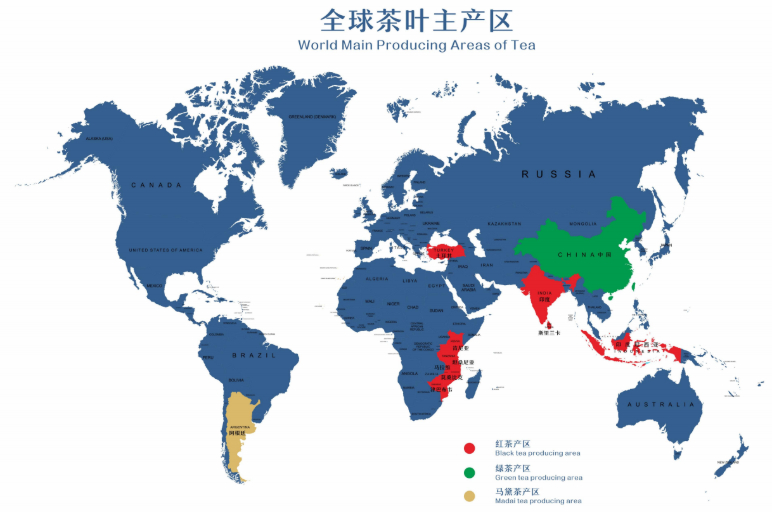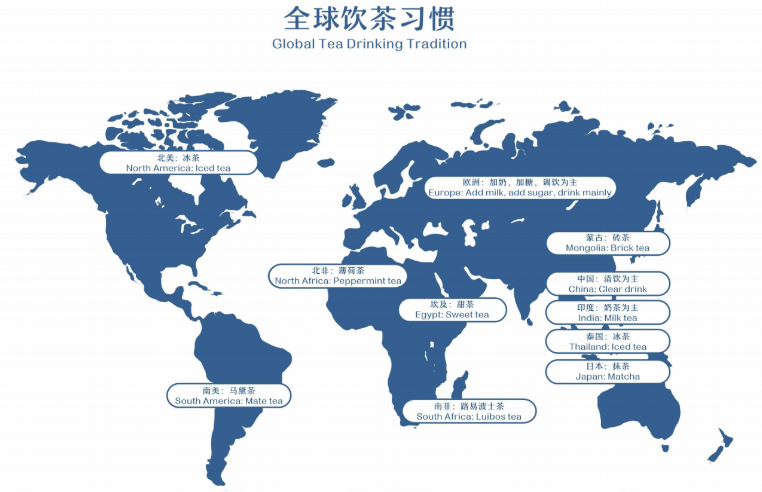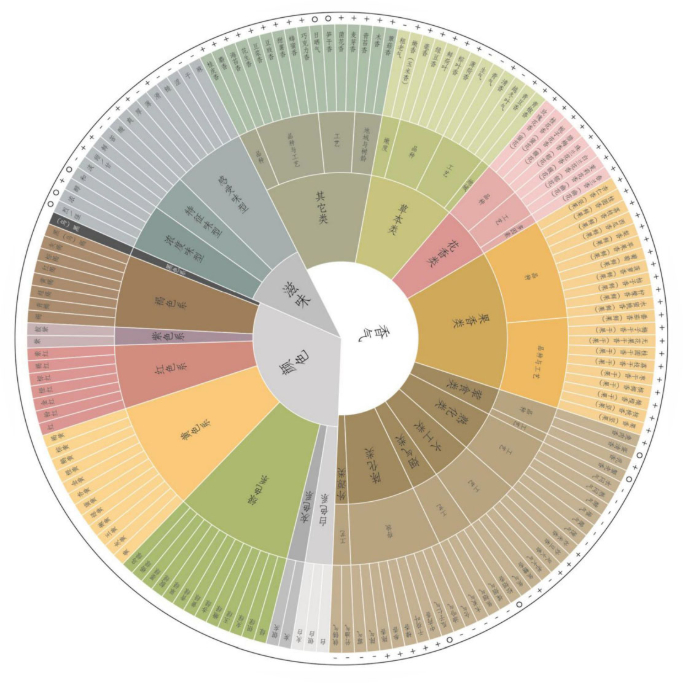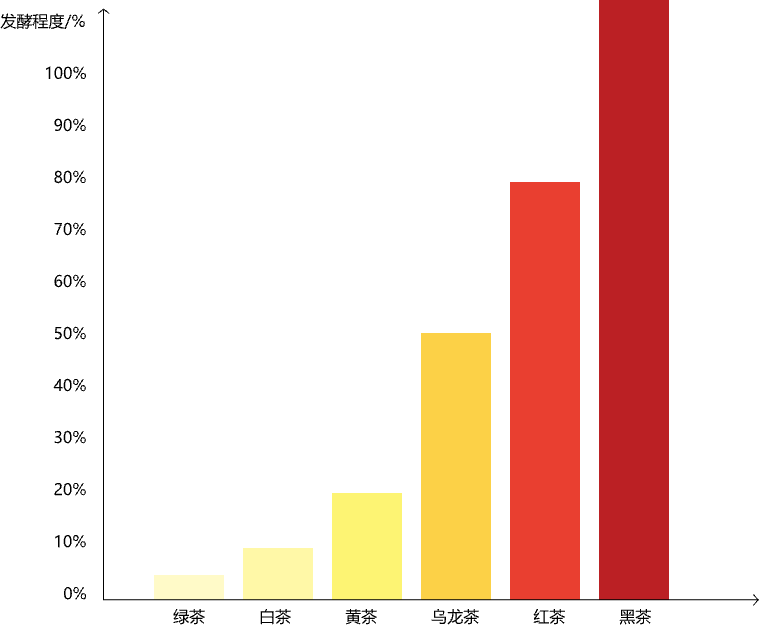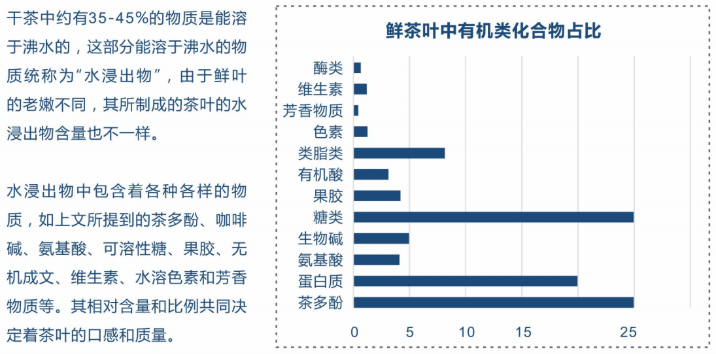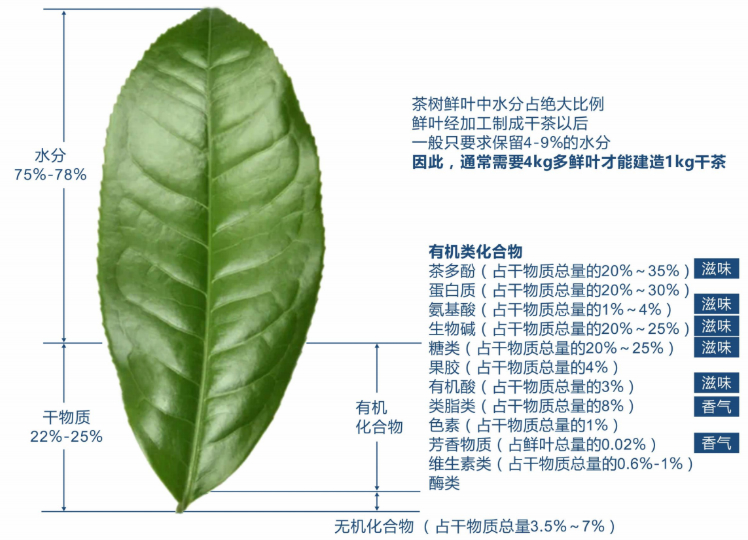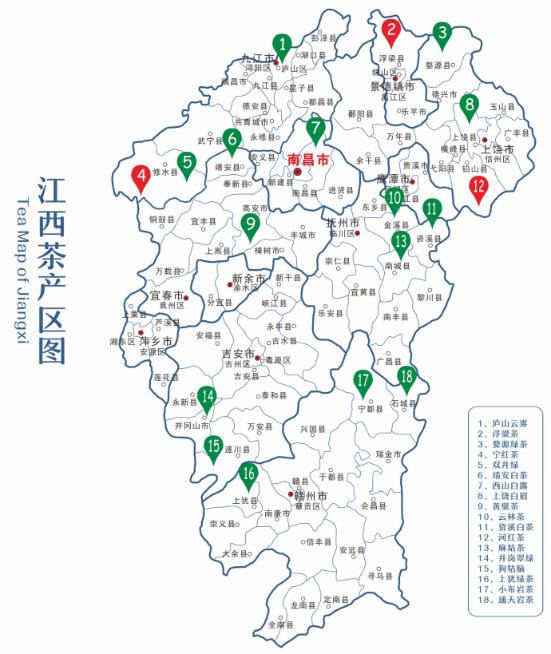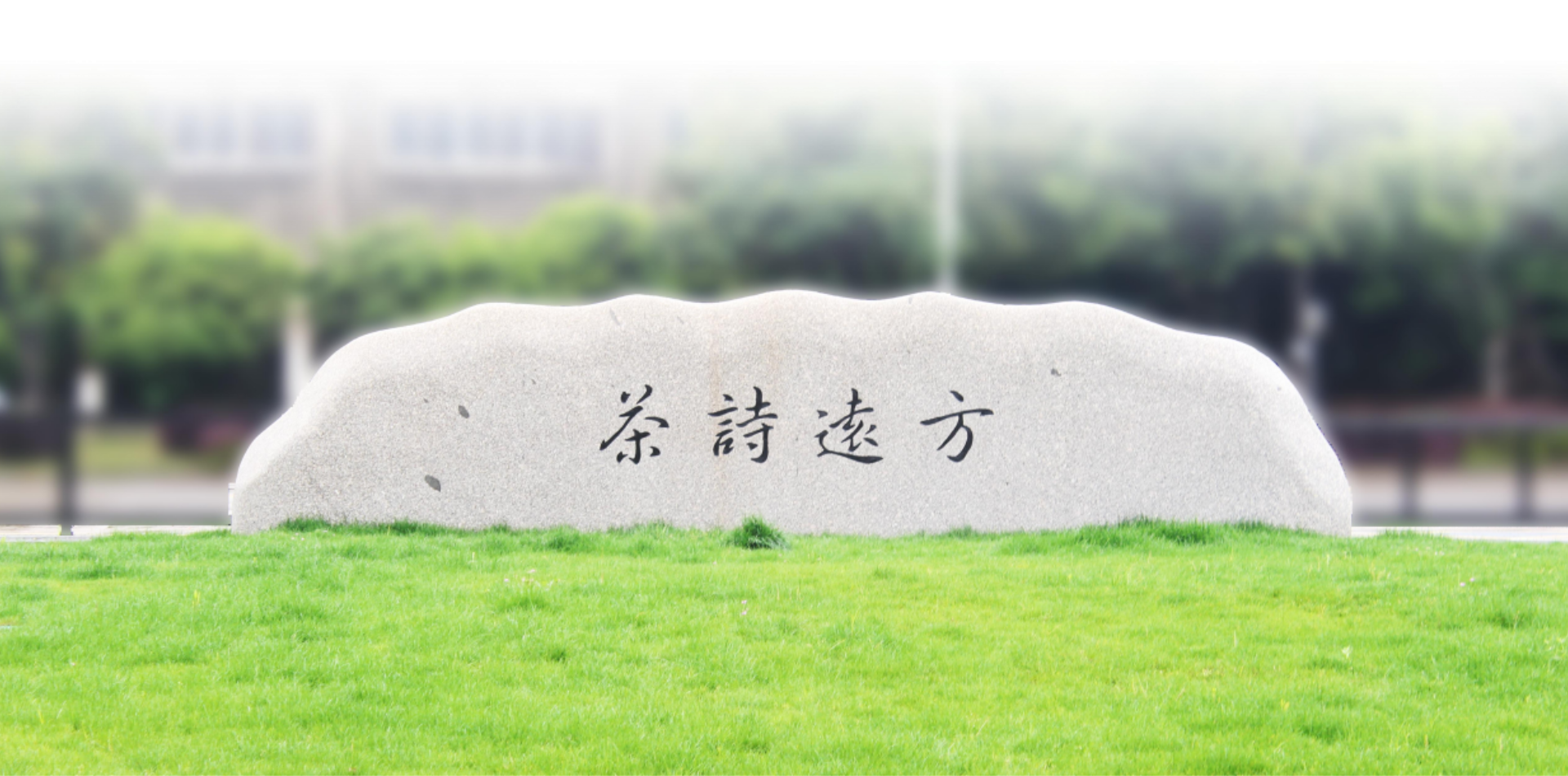What are the substances in a fresh tea leaf
Tea leaves contain multiple nutritional substances that are essential for the body, including water 75%, dry matter 25%, and its main chemical composition includes protein classes, enzyme classes, class-lipid classes, pigment classes, aromatic material classes, vitamin classes, teofilin classes, non-enzymatic classes, amino acid classes, sugars, and acid classes, which form the quality and flavor of tea.

